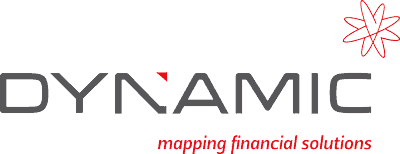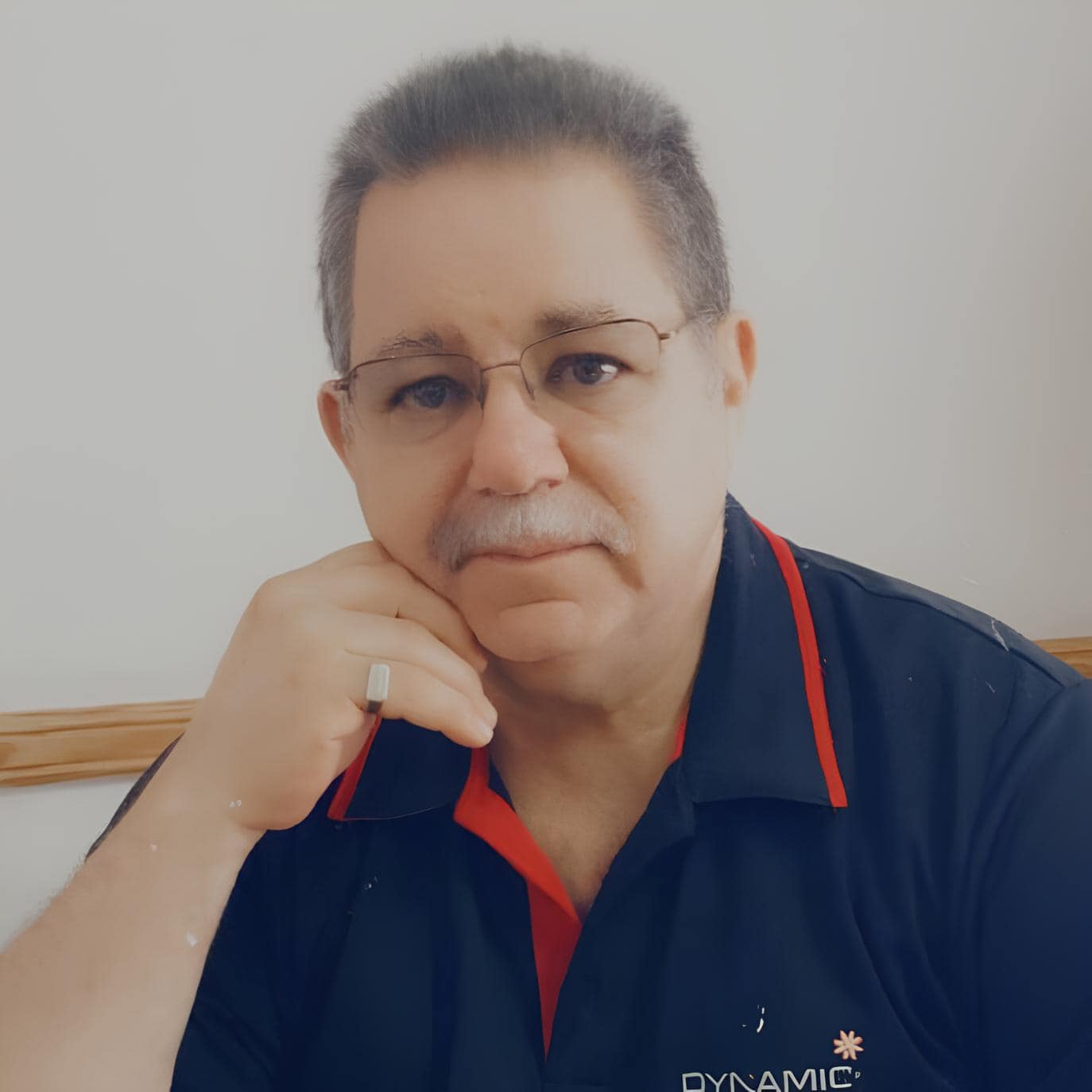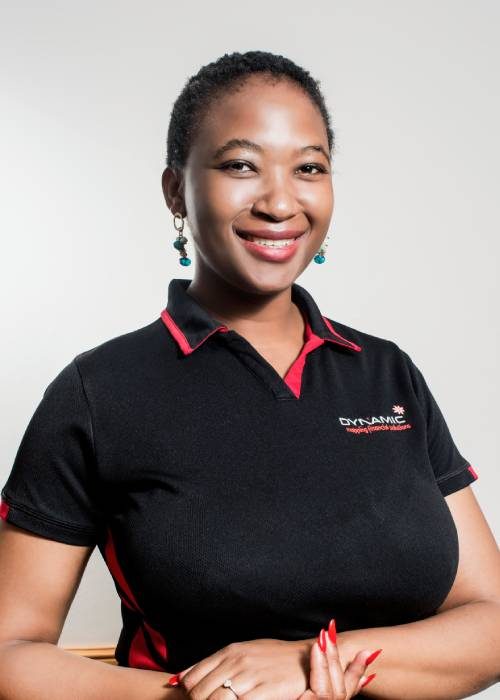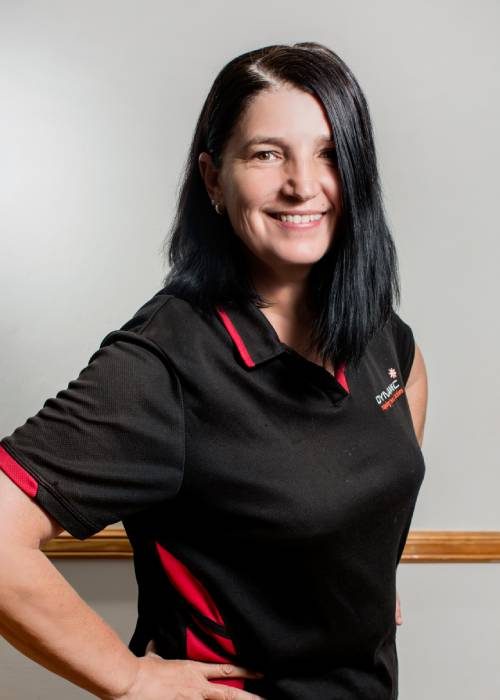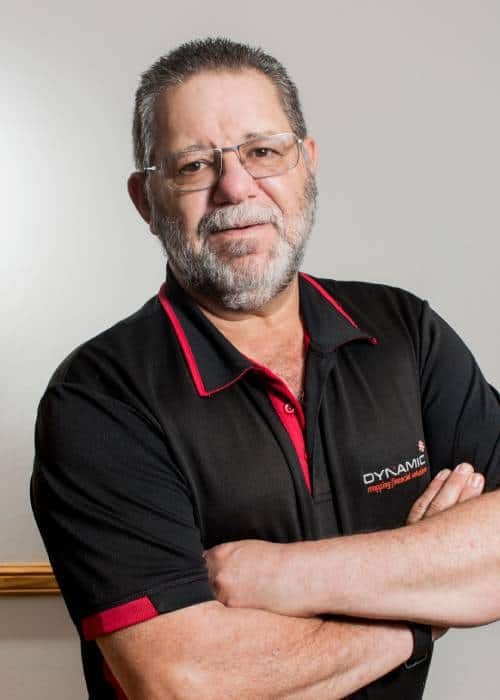Many trustees believe that beneficiaries have no rights, especially if they are contingent beneficiaries in a discretionary trust.
Personal right against trustees for compliance with their duties
In the Gross v Pentz case of 1996 it was made clear that although contingent beneficiaries have no vested rights in the trust property, such beneficiaries still have vested interests in the proper administration of the trust. Such a right is termed a personal right of action against trustees for the performance of an obligation. In other words, the trustees must either do or refrain from doing something. A personal right is a legal right against another person (a right in personam), usually created through a contract. It ensures that the trustees perform their duties in accordance with the trust instrument. This places a huge burden on trustees, as they can be held personally liable if they do not perform their duties as prescribed by law.
Personal right in trust income or capital as stipulated in trust instrument (vesting trust)
A personal right is acquired by a beneficiary who has a vested right – a right to claim income or capital from the trustees in terms of the provisions of the trust instrument, but subject to rights attached to such vested right. It is said that such a beneficiary has a right in the assets of the trust and may be labelled an income beneficiary and/or capital beneficiary. Such a trust is also labelled an ownership trust since the trustees remain the non-beneficial owners of the trust assets, even though they will have no discretion in terms of which beneficiaries (with such vested rights) should receive distributions. A beneficiary with a vested right will have a personal right of action against the trustees to ensure that the trustees perform their duties in accordance with the trust instrument and a personal right against the trustees to claim transfer of trust income or capital, depending on what rights the vested right confers. In some trusts, beneficiaries may have a combination of rights, such as vested rights to trust income and/or capital and discretionary rights to trust capital. Any vested rights will be exposed to creditors, but subject to the terms of the trust instrument – i.e. creditors will never obtain more favourable rights than the beneficiary. These vested rights will be included in the estate of the deceased beneficiary and attract Estate Duty.
Personal right in trust capital, income and capital gains as vested by trustees in discretionary beneficiary
A beneficiary of a discretionary trust (which is an ownership trust since the trustees remain the non-beneficial owners of the trust assets) only has a discretionary or contingent right (a hope to receive something) until the trustees have exercised their discretion in favour of such beneficiary upon which such distribution vests in the beneficiary. Discretionary beneficiaries, therefore, do not have real rights (ownership) in the trust property because the trust assets belong to the trustees in their representative capacity (CIR v MacNeillies’ Estate case of 1961) on behalf of all beneficiaries.
Depending on the terms of the trust instrument, trustees can, at their discretion, vest income, capital gains and/or capital of the trust in such beneficiary, subject to certain requirements, such as payment only on a future date or when a certain event takes place. The beneficiary with such a vested right has a personal right to claim an asset and/or income and/or capital gain from the trustees in terms of the provisions of the trust instrument, but subject to rights attached to such vested right. Such distributions will also be exposed to creditors and will fall within the estate of the beneficiary.
Real rights to assets (bewind trust)
In the context of trusts, a real right (right in rem) to an asset is, for example, a right of ownership. A real right is an absolute right that can be enforced against anyone, and not just against one person. A real right, therefore, establishes a legal relationship between a thing (property) and a person when that person owns an asset outright.
The beneficiary acquires ownership of the asset upon the creation of the trust, and control and administration of the trust is transferred to the trustees to protect or care for the beneficiary who normally has a legal limitation (such as being under the age of eighteen or being of unsound mind) or some other limitation (for example, they are mentally or physically challenged) (Section 1(b) of the Trust Property Control Act). Here, it is implied that the property should be registered in the names of the beneficiaries and not in the names of the trustees.
~ Written by Phia van der Spuy ~
Article courtesy of TrustEzee

